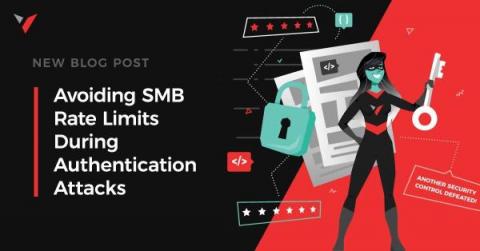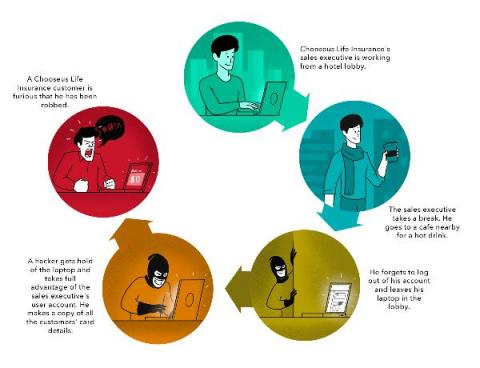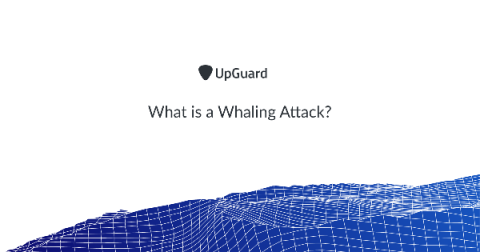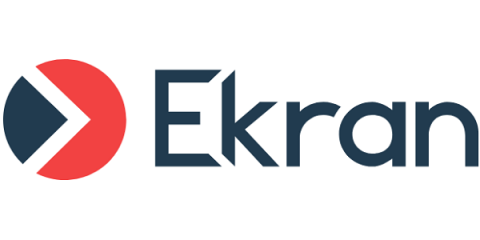Announcing Egnyte's Next-Gen Content Services Platform
Today we announced that, in a few weeks, we will be releasing the next generation of Egnyte. Instead of separate products, Egnyte Connect and Egnyte Protect, we will be offering the comprehensive breadth of our solution under one, open framework: the Egnyte Content Services Platform.











